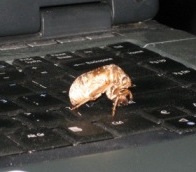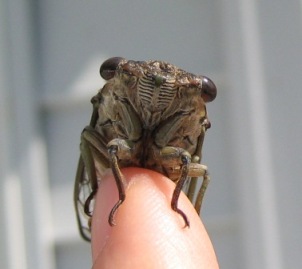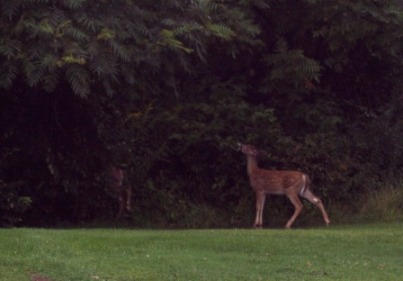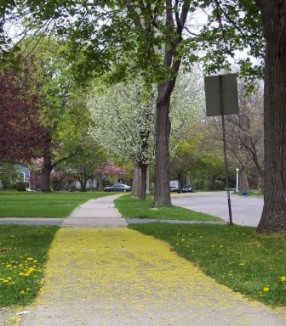As some of my friends and family members know, I am writing a novel again — actually a set of three novels.
They’re first-person books narrated by my new imaginary friend, Marion Flarey. Marion is a lover of fairy tales — more — she’s a student of fairy tales (or as she comes to think of them, “flarey tales”) (get it? hahahahaha) because she begins to realize that fairy tales are not old, dead children’s stories from the past but that they continue to intrude on her life today, giving her the tools she needs to navigate her often-confusing and very 21st Century life.
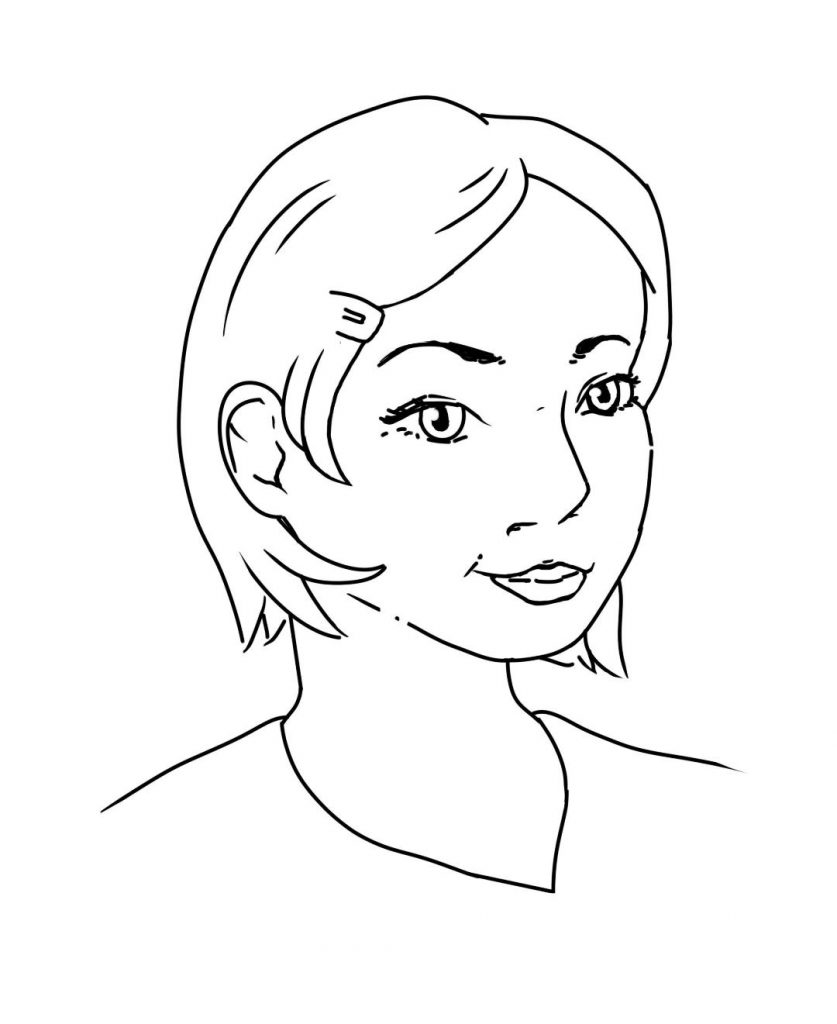
I’ll be blogging more about Marion and these books. I’ll be introducing Marion to you online, as she is about to start writing herself and has begun preparing a place to publish what she writes :)
But I still have a lot to do, and even though these books are in many respects already mapped out, with many words already in place, in other respects I’m still at the stage where I am understanding what they are, what they are going to be.
And once again, I’m breaking rules.
On the surface, this project is chick-litty. Marion’s voice is light and winsome, and many of her adventures take place on the chick-litty surface of her life.
But I’m aware of a sleight of hand going on as I write; no matter how I approach my books, in the end I can’t but do what “they” say that is always the right thing for writers to do.
Write what you know.
And even if “they” didn’t say it, I doubt I could help myself. More times than I can count, I’ve tried to write books that stay on the surface of things. I’ve always failed. Writing, for me, is and cannot be a purely mechanical act. Writing is an act of opening a door, and through that door something emerges whether I want it to or not. The writing becomes a conversation with something that is picking me, no matter how I tell myself I’m picking it.
For example: Dark Chemistry started out, in my mind, with a premise that I thought was intended to do no more than entertain. It was a simple and familiar recipe: a woman would be deceived into falling in love with the wrong man. The premise had a twist (the deception was achieved using a type of drug) but when I started the book, there was nothing in my plans beyond the surface mechanics: how render this recipe in a way that would hold readers’ interest, deliver a romantic pay-off as the woman discovered the deceit and realized who she really really loved.
But then I started writing, and the more I wrote, the more the book became about something else. It became an exploration that deeply interests me about the interplay of biochemistry and “feelings.” When you fall in love, what is happening, really? You think it is your heart, your being. Your soul, leading you to something good, something fated. But how much of those subjective feelings are, in fact, the result of chemicals gurgling around in your cells, inducing sensations that you interpret subjectively and then act on, blithely, obliviously, even when your actions are very much against your best interests?
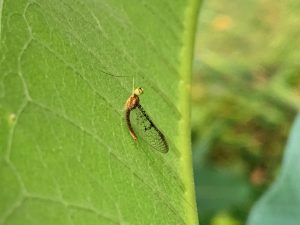
In the same way, in my current project, my sweet and bewildered Marion Flarey begins by thinking the story she’s telling is about love–romantic love.
But she’s slowly realizing that it is about other things, instead.
One of them being nature.
And so, as her channeler, I’ve been thinking about nature myself.
Specifically, I’ve been thinking about how separated we are from it. How tragic it is, this separation. And how the separation is spiritual, a split that opened in the human psyche and has now, I’m afraid, become a wall.
Without our realizing it.
Several weeks ago, I was in San Diego to have breakfast with a wonderful young lady, also a writer, who I’d worked with but had never met in person. We were sitting outside at a sidewalk cafe, when I noticed an insect.
I can’t be 100% certain what the insect was, but I suspect it was a figeater beetle, Cotinis mutabilis. (Coincidentally I photographed a couple dead ones in my neighborhood and shared the photo in one of my scarab bracelet posts.)
What I can tell you is that the beetle was large and heavy, and flew the way large, heavy beetles fly: ponderously. In the northeast, if you’ve ever seen one of our enormous June bugs, you’ll know what I mean. They’re noisy and slow and heavy-looking in the air.
And sometimes they seem like they are tired. That’s how this particular beetle seemed to me, that sunny morning on the sidewalk. It seemed like he had flown long enough, that he was tiring. His flight pattern had become a circling and a sinking. He was coming in to land.
He circled near another table maybe 20 feet away.
And he landed — big mistake — on a woman’s head.
The woman freaked out.
(Would you?)
Her hair was about the same length as mine, blond and fine, like mine. And beetles have sticky legs. Not sticky like glue, but sticky because of their legs have jaggedy, spiky edges and structures that tend to catch onto things with rough surfaces, like clothing and hair. Useful if you are a clumsy flier, I suppose. When you land you don’t want to bounce. You want to stick it.
I watched all this unfold from where we sat, a little ways away. First the beetle, flying, caught my eye. I watched it circling, heard the screams start, saw it hit the woman’s head. I saw her freak. She bent over, as if cowering, as if ducking her head out of the way although by then it was too late, the beetle was on her — ohdearGod ON her! — and her companions began to grasp what had happened and to shriek “it’s in your hair, it’s in your hair!”
I stood up and walked over toward their table.
My plan was to help. To cup the beetle in my hand, take it off her head, carry it to one of the trees or planters along the sidewalk, and put it down there.
The end of the story is that I never got a chance to do that. Somehow, she shook the beetle loose or maybe one of her companions was able to knock it out of her hair.
The beetle fell down on the sidewalk.
And one of the woman’s table mates stepped on it, smashing it with a grinding motion into the concrete.
Oh, how we hate bugs. How deeply and completely we hate bugs.
And how sorry I am that we do …
This … “sequence of events” … impressed itself on me. Poignantly. And I’ve thought about it many many times in the weeks since, always with a pluck of remorse at the end as I watched the woman’s shoe grind down — me too late. Too late.
It’s only a beetle.
Yet the ending of this story hangs there for me: that pluck of sorrow, and all because I wasn’t able to lift a beetle out of a woman’s hair and move it away.
As I work on my Marion Flarey books, I’ve been reading fairy tales. A lot of fairy tales.
One of the motifs that you encounter in many of these stories is the talking animal. Very often, what happens is that a talking animal begs a human (who is often a simpleton or fool — make of that what you will, hahahaha) for its life.
The human spares the animal. Then later, the human is himself in enormous danger, and the animal reappears and saves the human.
The human’s mercy, in other words, turns out to have been the hidden key that enables a later, magical event, one that helps the human succeed in a mortally dangerous quest.
The heroes or heroines of these stories are not modern city-dwellers. They live in the country — in the forest, often, or in a city bordered by forest. But the essence of the story intrudes into our lives today. For example: how about the news stories that crop up from time to time about how some dog that a person rescued later saved that person’s life? We love those stories, because they suggest that deeper connection with animals — with Nature — that we so crave. They are magical stories.
But we no longer think of them as magical.
We’ve created a new language to describe them — a language of “behavior” and “bonding.” Mixed in with a little chance.
But what if we’ve lost something? What if replacing “magic” for something that is purely materialistic is a huge mistake?
We interact with Nature, today, only in ways that we can tightly constrain: we demand Nature be controlled, antiseptic, abstract.
Take the way that we have turned certain animals — cats and dogs, primarily — into a sort of sub-category of human. We’ve done this partly through breeding, partly through projection. As articulated in this National Geographic article, as well as many other places:
Dogs can read facial expressions, communicate jealousy, display empathy, and even watch TV, studies have shown. They’ve picked up these people-like traits during their evolution from wolves to domesticated pets, which occurred between 11,000 and 16,000 years ago, experts say.
My dog is most definitely “more human” than the coyotes that lope past the fence in our back yard!
(By the way, I’ve read somewhere — if I can remember where I’ll update w/ a citation — that to the Iroquois, dogs occupied a kind of dubious, even conflicted space between humans and wild animals — because by helping humans with tasks like hunting, they betray their animal nature. They’ve sold out. Funny, isn’t it? Dogs’ loyalty, that we so much profess to admire, is the flip side or consequence of a kind of duplicity — a conspiracy they have entered into against their own kind. As dogs have become more human, they’ve taken on something of human sinfulness. Wild, eh? Pun intended.)
And of course we talk about our dogs and cats as if they were people. They are our fur-kids. Many 21st Century humans openly and freely prefer their company to that of other humans.

I’m not saying that’s a bad thing. But what I am saying is that it is part of the Othering of Nature.
For how many people, today, allow Nature into our lives in this form, only? Only after we’ve reshaped the Other, like Play-Doh pressed through a form, into something that more closely resembles us. And so it’s only this humanized version of Nature that we allow into our lives, cuddle on our couches, let sleep with us in our beds.
A beetle is another matter altogether. Pun, again, intended.
A beetle is Nature, unadulterated.
Let me pause for a moment, here. I want to be clear: I “get” the way beetles — bugs — insects — trigger horror and disgust. I’ve felt that reaction myself. Another, very vivid memory, this one from very long ago, when I was probably 9 or 10 years old. My best friend at the time happened to be a neighbor boy. And we got along very well, but in this particular instance he caught a daddy long legs and was inspired, devilishly, to chase me with it. He threatened to put it on me — and then, more horrible still — he threatened to drop it down my shirt and squish it. Awful! Awful!
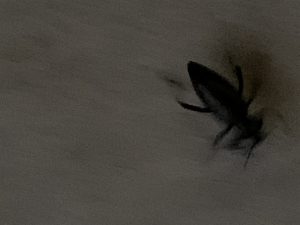
The squishability of bugs, I have considered many times in my life, accounts in part for that reaction we so often have to them. Because their squishability evokes at once their otherness (that glossy clickity exoskeleton that envelopes an unknowable goo) and their incredible vulnerability: the horrifying power we have over them, an absolute power of life and death that we can wield so cruelly and without so much as a thought. We step on the bug, grind it into the concrete. Snuff it out. And the act brings to us a sudden relief. In an instant, we have erased the the thing that triggered in us such visceral and instantaneous horror and disgust.
Aaaahhhh….
But such acts raise simultaneously a question. We seldom acknowledge the question, of course — because we prefer to leave it buried in the most hidden parts of our minds and souls — but it’s there, it has to be, it is part of the act. Because we aren’t separate from that bug we just squashed. Not really. It is us. We are it.
So in the hidden part of our mind we know that we, too, are squishable. That right there, under your rib cage, you are also full of an unknowable goo. And the hidden part of our mind knows, as well, that the power of life and death is a terrible power, one that we don’t really understand, one that is horrible to wield.
And we know that like the bug on the sidewalk, our lives can also be smushed away in a second.
And so comes that awful, secret question.
“How like that bug am I?”
How horrible is it that, no matter how much I’d like to hide it from myself, I am part of what is most horrible and disgusting about Nature — the part that is about muck and guts and decay and death?
Some of us try to extract ourselves by abstaining from meat. And just as I “get” how horrible bugs are, I also “get” veganism. I get that the flesh of the cow or the pig or the chicken is, in so many ways, too much like our own flesh. “I don’t eat anything with a face,” the vegan says. It’s a statement that makes sense. Faces remind us of something in animals that is also in us. They remind us that it’s not just humans that can feel. That perhaps an animal may beg us to spare its life, just as we would beg our own life to be spared, if we found ourselves pinned by the paws of a Beast, smelling its awful breath.
This comes, next, to an idea that is not original with me: that we lost something when we began to interact with our meat via plastic-wrapped productized muscle-meats (muscle being the least squishable bit of an animal’s body) instead of living as we did in the olden days, raising our animals on farms or hunting them in the woods, butchering them with out own hands. We don’t need, today, to see look into the face of the animal we eat. We eat a symmetrical substance trimmed of any icky fat, tendons, gristle, rinsed in antimicrobial dip to maximize its purity, placed on a piece of absorbent material to ensure there will be no icky dripping fluids, framed by a cheery rectangular tray. We don’t eat the squishy bits. We don’t eat the bits that remind us too much of our own innards, our brains, our fascia, our marrow.
But most of us stop there. We say: if you can look the animal in the face, and then eat it, that is somehow more honest than opening a package you bought at the supermarket.
I suppose that is true, as far as it goes. But there’s something else that we need to consider.
Today’s 21st Century Westernized consumer is more likely than any other generation before to have been schooled in what we sometimes call the web of life. That you can’t touch one part of Nature without affecting another part. And the implication of this, if you look at it carefully, is that we humans are enmeshed in it this web. That we are part of it.
And there’s no escaping that the web is constructed of prey and predator, of eat and be eaten.
Becoming a vegan seems like a way to extract yourself from this web. “I am not of that.” “I am above that.”
But this is false. It is also an Othering, albeit via a different mechanism — via an illusion. We trick ourselves into believing that we can turn Nature into an abstraction and then, entirely via intellect we can extract ourselves, define ourselves as Something Apart.
But we cannot. We’re still a part of it.
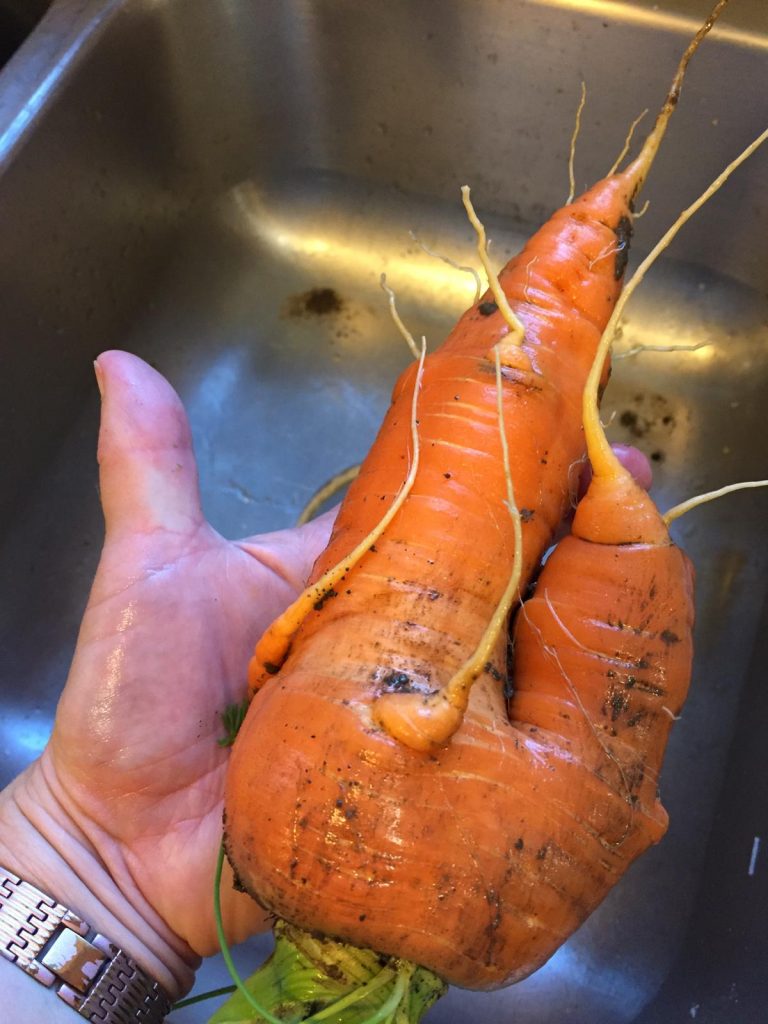
Put another way — and I know this will sound facetious, but bear with me — in the end, how is killing a carrot more ethical than killing a cow?
We argue that there is a difference. Carrots don’t have central nervous systems. Carrots don’t have faces.
Carrots aren’t like us, therefore we don’t have to feel bad when we kill and eat them.
But in some respects, aren’t these arbitrary distinctions?
Life is life.
For me to live, something else must die.
Back in probably the early 1990s I saw an act by the comedian A. Whitney Brown, and his most memorable line from that circuit is now on the interwebs: “I am not a vegetarian because I love animals; I am a vegetarian because I hate plants.”
It was side-splittingly funny because like all honest comedy it hit a truth that we know but try not to see, because secretly it makes us feel dreadfully uncomfortable. And in this case, the truth is that we have no choice but to kill things. And the lines we draw between what we will and will not kill are in many respects extraordinarily arbitrary.
We feel uncomfortable about eating meat, because we are ethical beings that feel empathy for the sad-eyed cow being led to the slaughterhouse.
But we will squash a spider simply because if found itself inside our home.
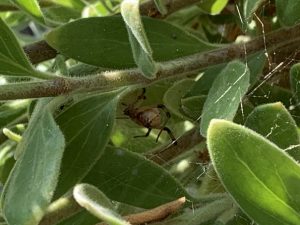
The people in fairy tales who spare the lives of animals were not adverse to killing animals for food. They couldn’t afford to be. They had set out on long, lonely, physically grueling quests. The bread and jug of water they took when they started has long been depleted. So even in the stories where the heroes spare one animal, they often go on to kill and eat another.
They have to eat.
The difference is that one animal speaks.
Does that mean the one animal was more human than the other?
I think not.
I think that all animals speak. But it’s not human speech.
It’s got nothing to do with an animal becoming more human.
On the contrary. It has something to do with us, the humans, becoming something else — something other than what we usually are, in our ego-focused daily lives. It requires us to shift away from our habitual mode, this awareness that our egos claim is supreme but is more like a chip of wood bobbing along on the surface of a dark frothing current of reaction and counter-reaction and counter-counter-reaction. It requires that we find a mode that approaches a different kind of of awareness or understanding — one where our minds somehow reach out and meet Nature on Nature’s terms.
If you try this, and stay with it, show some patience with it, you can realize first-hand what I’m talking about.
Ask an animal a question and wait for an answer.
Not with your voice. Ask with your mind.
It can be any animal — it can be a pet or a wild animal you see outside your window or in the park or in the forest.
I remember the first time I saw a wood thrush. I heard it, often, in a stand of woods behind a house where I once lived. The song of a wood thrush is unmistakable, an ethereal piping. And so one day I walked into the woods where this wood thrush sang, and in my mind, I asked a question.
“May I see you?”
And a moment later, the bird answered. Not with words, but by materializing out of the thick leafiness of the forest and landing on a branch right above me, where it perched.
It peered down at me.
It was no more than five or six feet away. I could see the bird so clearly: the robin-like shape of its body, its soft breast buff with dark spots, and its eye, large, gentle, brown. Looking at me–looking into my eyes with its own.
Curiously.
And then it flew off.
Of course, you could call the entire thing a coincidence.
But I believe the bird felt my question and responded to it.
And I have replicated this experience multiple times. Not this exact experience — not with the wood thrush, not with the same question.
But with other questions. Or with internal motions, motions of the soul that aren’t even questions exactly, at least not questions that can be put into words, but more like questions about what is.
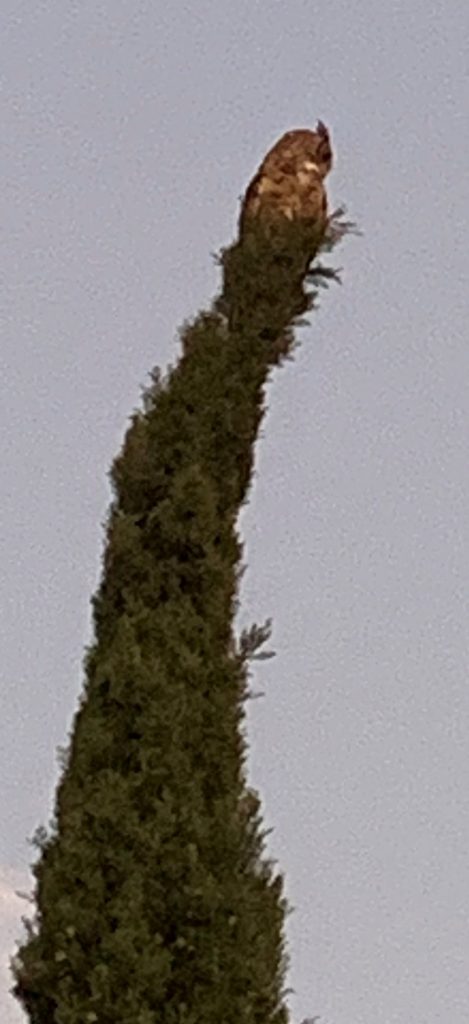
Who are you?
What are you?
The books I’m writing now, my Marion Flarey books, are once again set in my beloved Upstate New York. The rural bits where I grew up.
And as these books begin to take shape, I’m realizing how much I need to write about nature.
But not the nature you see on television, or learn about in a class on environmentalism, or even see when you go on a hike.
It’s a nature that is part of you–that is part of all of us.
And it’s dying. Quite possibly.
Which means that we are dying.
And many of us are aware of this, and are responding with fear and fury.
But we need a different sort of response, as well. One that is not political, because it’s ultimately not a political crisis, but a crisis of the soul.
There are bugs in your room, right now. They have blundered into your home.
They talk.
Do you hate them?
Why?

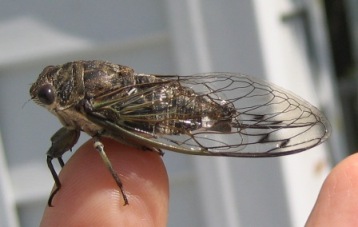 My daughter & nephew found this cicada on my parents’ pool deck this morning. It was sluggish from the cold so I was able to hold it for quite awhile to photograph it, until it got warm enough from the sun to fly off.
My daughter & nephew found this cicada on my parents’ pool deck this morning. It was sluggish from the cold so I was able to hold it for quite awhile to photograph it, until it got warm enough from the sun to fly off.